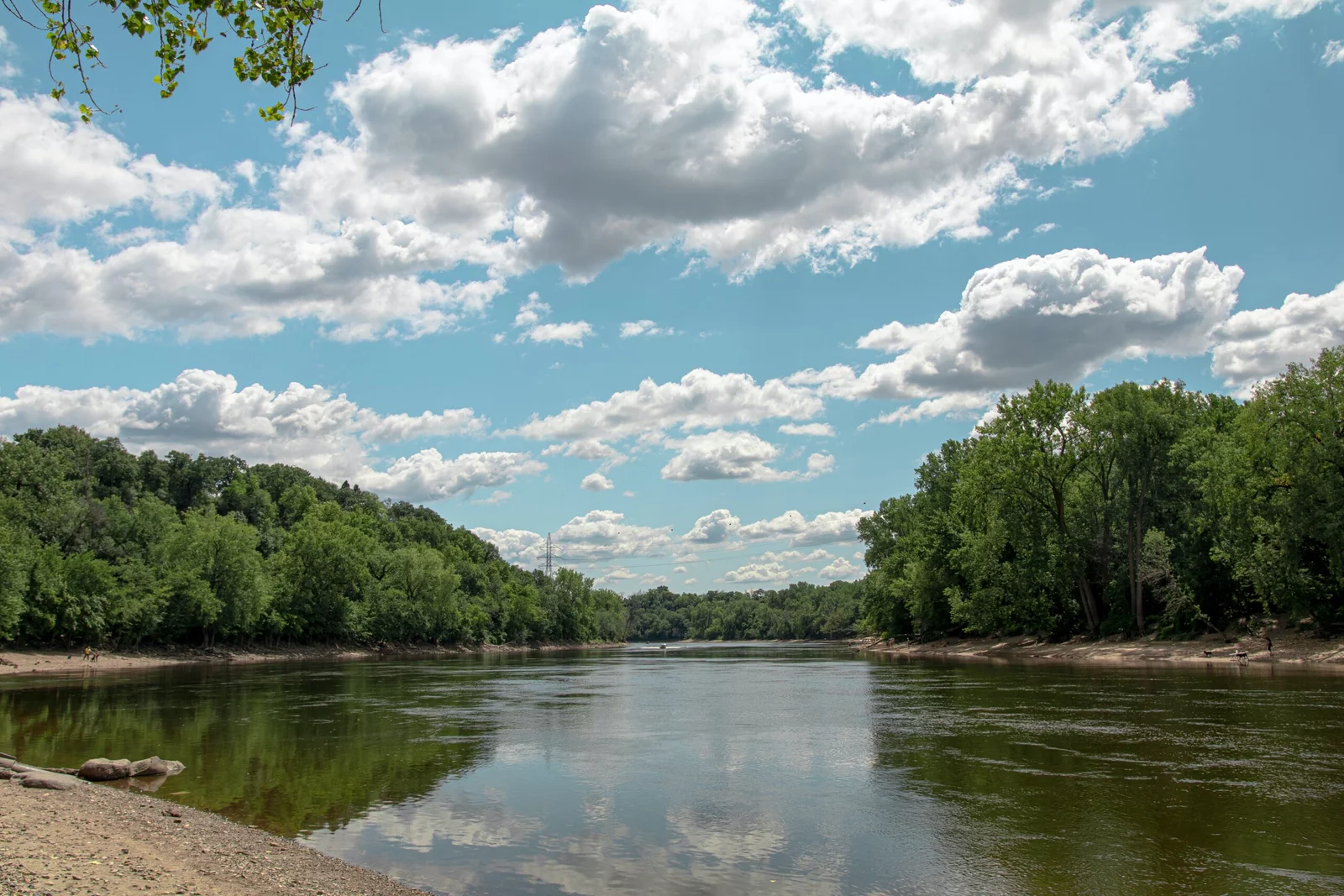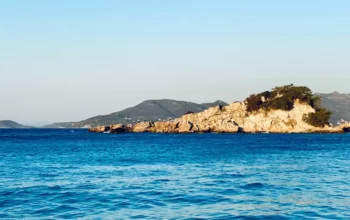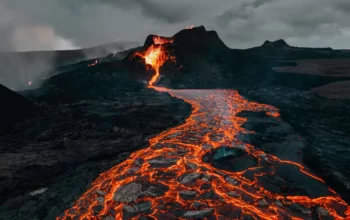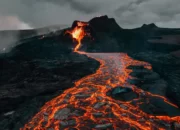The Journey of Sediments
The Mississippi River, one of the largest rivers in North America, carries an immense amount of sediment from its basin into the Gulf of Mexico. These sediments consist of tiny rock fragments, minerals, and organic matter that have been eroded and transported by the river over time.
As the river flows towards the Gulf, it picks up and transports sediments from various sources along its path. These sources include weathered rocks, eroded soil, and even human activities such as agriculture and construction. The sediments are suspended in the river’s water, creating a murky appearance.
Once the sediments reach the Gulf of Mexico, their fate begins to unfold. Over millions of years, a series of geological processes will transform these loose sediments into solid rock formations.
The Process of Sedimentation
When the sediments settle in the Gulf, they undergo a process known as sedimentation. Sedimentation occurs when the energy of the water decreases, causing the sediments to settle and accumulate on the seafloor.
Over time, the weight of the accumulating sediments compresses the lower layers, squeezing out the water and air between the particles. This compaction leads to the formation of sedimentary rocks, which are composed of layers of sediment that have been cemented together.
The Formation of Sedimentary Rocks
As the sediments become compacted and solidified, they undergo a process called lithification. Lithification involves the transformation of loose sediments into sedimentary rocks through the combined effects of pressure, temperature, and the presence of minerals that act as cementing agents.
There are various types of sedimentary rocks that can form in the Gulf of Mexico. Sandstone is a common sedimentary rock composed of sand-sized particles that have been cemented together. Limestone, on the other hand, forms from the accumulation of calcium carbonate-rich shells and skeletons of marine organisms. Shale, a fine-grained sedimentary rock, is formed from the compaction of clay and silt-sized particles.
Metamorphism and Uplift
Over millions of years, the sedimentary rocks in the Gulf of Mexico may undergo metamorphism, a process in which the rocks are subjected to high temperatures and pressures. This can occur due to tectonic activity or the burial of rocks deep within the Earth’s crust.
Metamorphism can cause changes in the mineral composition and texture of the rocks, transforming them into metamorphic rocks such as marble or quartzite. These rocks can exhibit unique patterns and colors, making them prized for their aesthetic qualities.
In addition to metamorphism, tectonic forces can uplift the sedimentary rocks, bringing them to the surface. This uplift can occur through processes such as mountain building or the shifting of tectonic plates. As the rocks are exposed to the elements, they may undergo further erosion, starting the cycle of sedimentation and rock formation once again.
The Role of Sediments in Land Formation
The sediments carried by the Mississippi River play a crucial role in the formation of land in the Gulf of Mexico. Over time, the accumulation of sediments contributes to the growth of deltas and the creation of coastal plains.
During periods of increased rainfall, the river carries larger amounts of sediment, leading to the deposition of sediments at the river’s mouth. This deposition creates deltaic landforms, characterized by their triangular shape and fertile soils.
Coastal plains, on the other hand, are formed by the gradual accumulation of sediments along the coastline. These plains provide valuable habitats for various plant and animal species and are often important agricultural areas.
Conclusion
The sediments carried by the Mississippi River into the Gulf of Mexico undergo a remarkable journey of transformation over millions of years. From loose particles in the river to compacted sedimentary rocks, these sediments contribute to the formation of new landforms and play a vital role in shaping the Gulf’s coastal ecosystems.
Understanding the processes behind sedimentation and rock formation helps us appreciate the dynamic nature of our planet and the intricate interplay between geological forces and natural processes.







